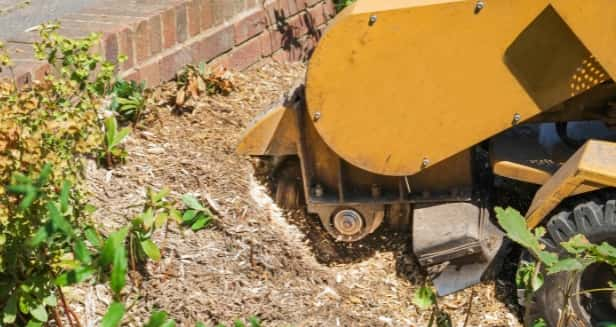Introduction: In recent years, there has been growing concern about the decline of pollinator populations worldwide and the impact it could have on ecosystems, agriculture, and food security. Pollinators such as bees, butterflies, and birds play a vital role in the reproduction of flowering plants, including many food crops. Eye Tree Surgeons is proud to offer tree trimming services tailored to enhance pollinator habitats as part of our commitment to environmental stewardship and biodiversity conservation. Let’s explore how trimming trees can contribute to pollinator conservation efforts.
Understanding Pollinator Habitat Enhancement:
1. Importance of Pollinators:
Pollinators are essential for reproducing flowering plants, including fruits, vegetables, and wildflowers. Transferring pollen from one flower to another facilitates fertilisation and seed production, ultimately supporting biodiversity and ecosystem health.
2. Habitat Loss and Degradation:
Loss of habitat, fragmentation of landscapes, and the use of pesticides are among the leading factors contributing to the decline of pollinator populations. Restoring and enhancing pollinator habitats are critical steps in reversing this trend and promoting pollinator conservation.
The Role of Tree Trimming in Pollinator Conservation:
1. Promoting Flowering Trees:
Certain tree species, such as fruit trees, ornamentals, and native flowering trees, provide valuable nectar and pollen resources for pollinators. Trimming these trees to encourage healthy growth and abundant flowering can enhance the availability of food sources for bees, butterflies, and other pollinating insects.
2. Creating Shelter and Nesting Sites:
Trimming trees to create open, sunny spaces and removing deadwood can provide a suitable habitat for pollinators to forage, rest, and nest. By maintaining a diverse range of tree structures and canopy layers, tree trimming can support a variety of pollinator species with varying habitat preferences.
3. Timing of Trimming:
Timing tree trimming activities to coincide with pollinators’ flowering and nesting seasons is crucial for minimising disruption to their life cycles. Avoiding pruning during peak activity periods, such as spring and summer, ensures that pollinators can access food and shelter when needed.
Case Study: Pollinator-Friendly Tree Trimming at Meadowview Farm
Meadowview Farm, a sustainable agriculture operation, recognised the importance of supporting pollinators on their property. Collaborating with Eye Tree Surgeons, they implemented a pollinator-friendly tree trimming plan tailored to enhance habitat diversity and promote pollinator health.
By selectively trimming fruit trees to encourage flowering, creating nesting sites in existing tree structures, and maintaining a diverse mix of native trees and shrubs, Meadowview Farm transformed its landscape into a thriving pollinator habitat. The results were remarkable, with increased pollinator abundance and diversity observed throughout the farm, ultimately benefiting crop pollination and ecosystem resilience.
Conclusion: Tree trimming offers a valuable opportunity to enhance pollinator habitats and contribute to conservation efforts. By promoting flowering trees, creating shelter and nesting sites, and timing trimming activities thoughtfully, property owners can support pollinator health and biodiversity while maintaining their trees’ aesthetic and functional value.
Call us on: 01379 773 584
Click here to find out more about Eye Tree Surgeons
Click here to complete our contact form and see how we can help with your tree’s needs.

